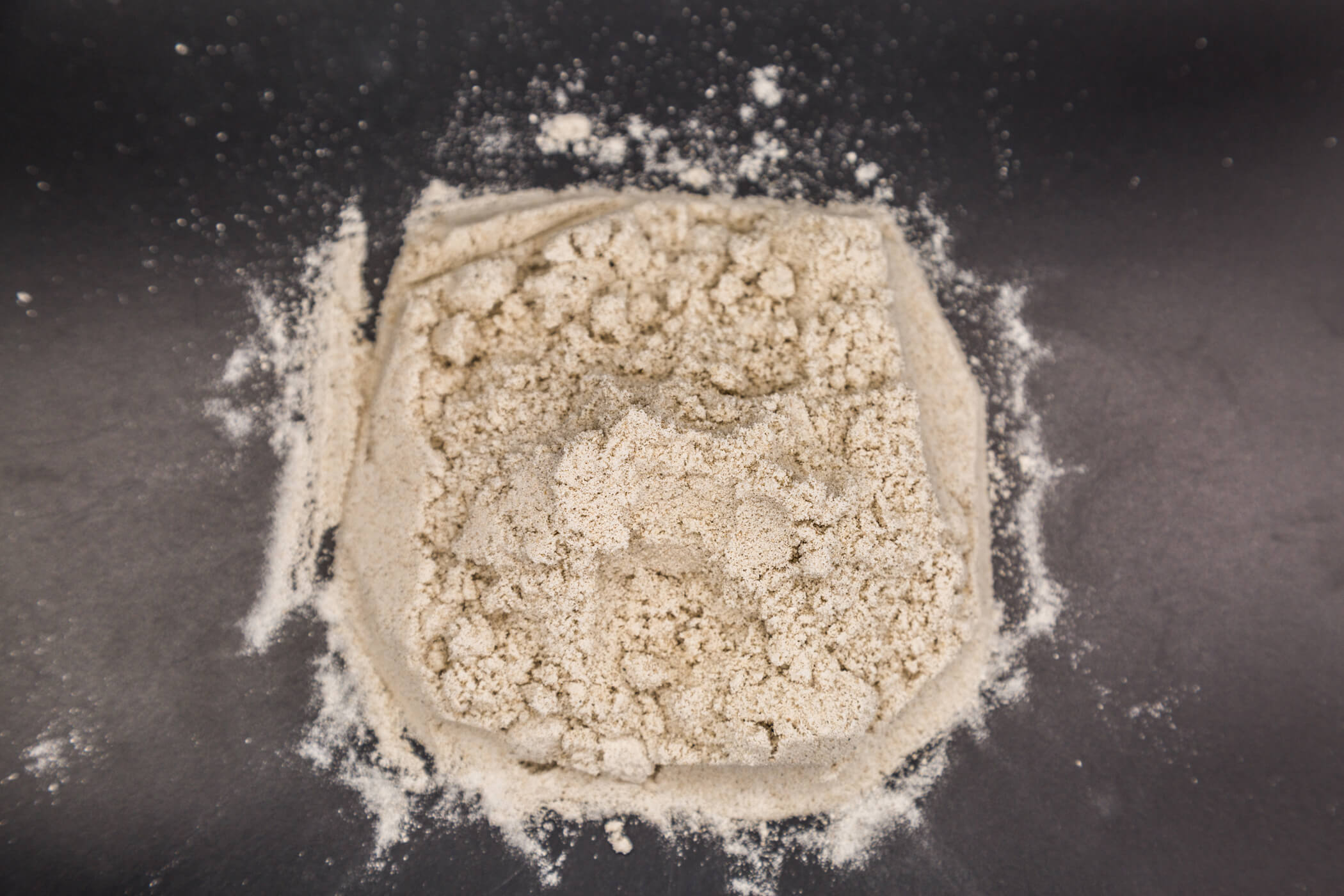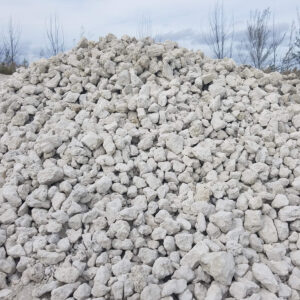Description
Lawn Sand is a powerful and versatile lawn care product formulated to tackle moss, suppress weeds, and promote healthy grass growth. Combining sand with iron sulfate and ammonium sulfate, it improves soil conditions while delivering quick results for a greener, more vibrant lawn. Whether you’re restoring a patchy yard or boosting post-winter recovery, Lawn Sand enhances both short-term appearance and long-term lawn health.
This multipurpose treatment strengthens root development, enhances drainage in compact soils, and reduces moss and weed intrusion—all with a simple, seasonal application.
Key Features
-
Moss Control: Iron sulfate kills moss quickly, clearing space for healthy grass to thrive.
-
Weed Suppression: Targets select broadleaf weeds to reduce competition and improve turf density.
-
Grass Growth Boost: Quick-release nitrogen from ammonium sulfate promotes lush, green lawn growth.
-
Improves Soil Structure: Sand content enhances drainage and aeration in heavy or compacted soils.
-
Supports Root Development: Better soil conditions encourage deeper roots for stronger, more resilient turf.
-
Low-Maintenance Application: Simple seasonal treatment delivers visible improvements after one application.
Applications
-
Seasonal Lawn Restoration: Best used in spring and summer for active grass growth and recovery.
-
Moss and Weed Management: Ideal for shady, damp lawns that struggle with moss buildup and unwanted weeds.
-
Soil Improvement: Improves drainage and aeration in clay-heavy or poorly performing lawn areas.
-
Green-Up Treatment: Quickly revitalizes lawn color and fullness after winter stress or damage.
-
Professional and Residential Use: Effective for homeowners, gardeners, parks, schools, and sports facilities.
Why Choose Lawn Sand?
Lawn Sand offers a simple yet powerful solution for creating healthier, greener lawns with minimal effort. It targets moss and weeds while enriching the soil with nutrients and structure-improving materials. The result is thicker turf, better root development, and enhanced resilience to drought, disease, and traffic. With one or two applications per year, Lawn Sand helps you achieve lasting lawn improvements—naturally and efficiently.
Additionally, its formulation is suitable for both small residential yards and large public landscapes, offering dependable performance season after season.
💡 Need complementary turf products? Explore our Topsoil Blend or Cyclone Sand for complete lawn care.









Reviews
There are no reviews yet.